THSTI workshop for maternal and child health investigators on AI driven solutions
Garbhavastha (गर्भावस्थभ), or pregnancy, invokes in a mother’s heart the first emotion to see the newborn someday, holding close to her. However, many mothers in India miss the realization of this dream as stillbirth and preterm birth (PTB) plague the country. So, to bring a healthy newborn to life, and avoid the complications of preterm or stillbirth, antenatal imaging remains essential. When the ultrasound allows the practitioner to visualize the fetus, it secures the baby’s and mother’s future by identifying any health issues.
It is what occupied the attention of researchers at THSTI on 5-6 March when a workshop on ‘Innovative Solutions for Maternal and Child Health Using Medical Image Analysis and Artificial Intelligence’ was conducted.
A part of collaborative efforts emerging from the GARBH-Ini and CALOPUS projects, the workshop entailed insightful discussions with expert panelists. GARBHINI-Ini, a unique collaborative interdisciplinary research initiative, investigates the multiple dimensions concerning preterm birth in India. While CALOPUS, an interdisciplinary UK-India collaboration, aims to automate the analysis of antenatal ultrasound images to allow the induction of required care for pregnant women in rural India. The common objective of improving antenatal care in India brought experts from the two groups together for two days, where they tried to address critical clinical queries.
Beginning from the identification of clinical and public health problems affecting mother and child healthcare (MCH) through AI and image-based solutions, the discussions also took into consideration the possible biological issues which could also be resolved. The panel discussed the diagnostic, assistive, and predictive needs necessary for making the automated image analysis a routine practice. Moreover, the feasibility of imaging technology in rural India, where a rich overlap of cultural and social contexts and beliefs exists, was also discussed along with the possible challenges. As proposing and implementing a solution is only half the battle won, the panelists also discussed the working and impact of the solution. Consequently, the novel methods of evidence generation to fast track technology solutions to the clinic were also deliberated upon, besides the possible barriers and funding matters. With a firm foundation for discussion laid on Day 1, Day 2 brought the participants closer to the actual imaging aspect of innovation. Participants were given a peek to the necessary nuances of the image analysis toolbox and enlightened upon possible opportunities in solving healthcare problems. Finally, the innovative workshop culminated with a discussion on taking the crucial innovation to the real-world and hands-on training and implementation of image analysis.

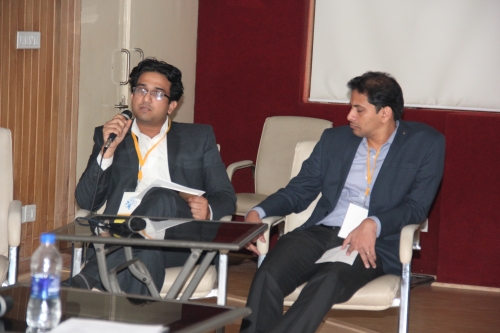
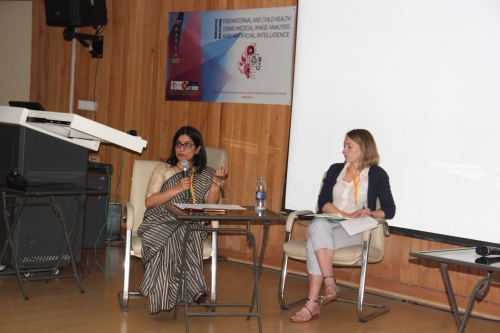

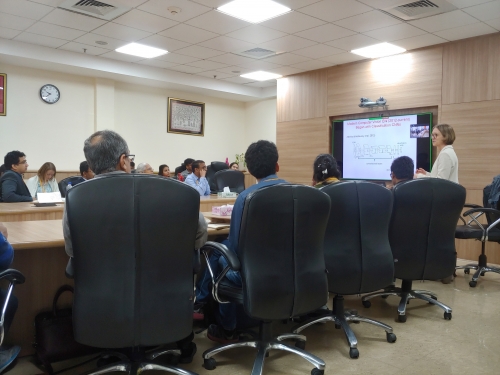

.jpg)
.jpg)

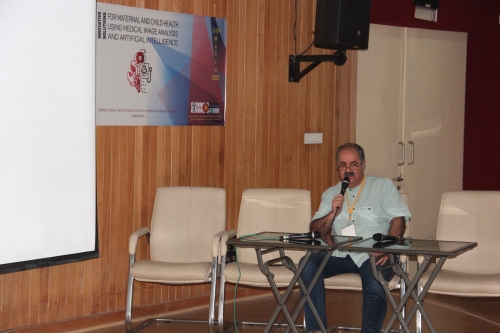
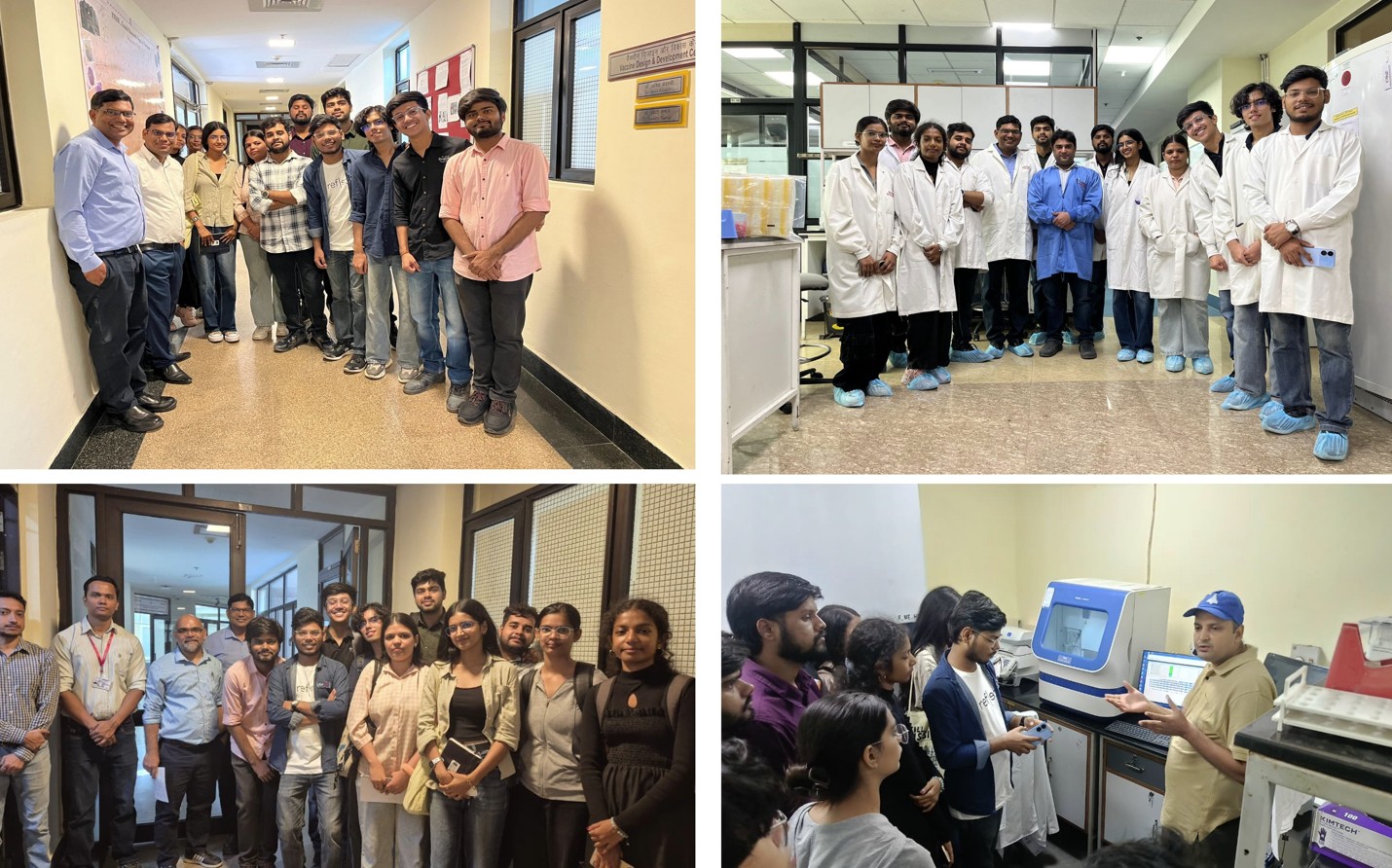 16 Oct 2025
16 Oct 2025
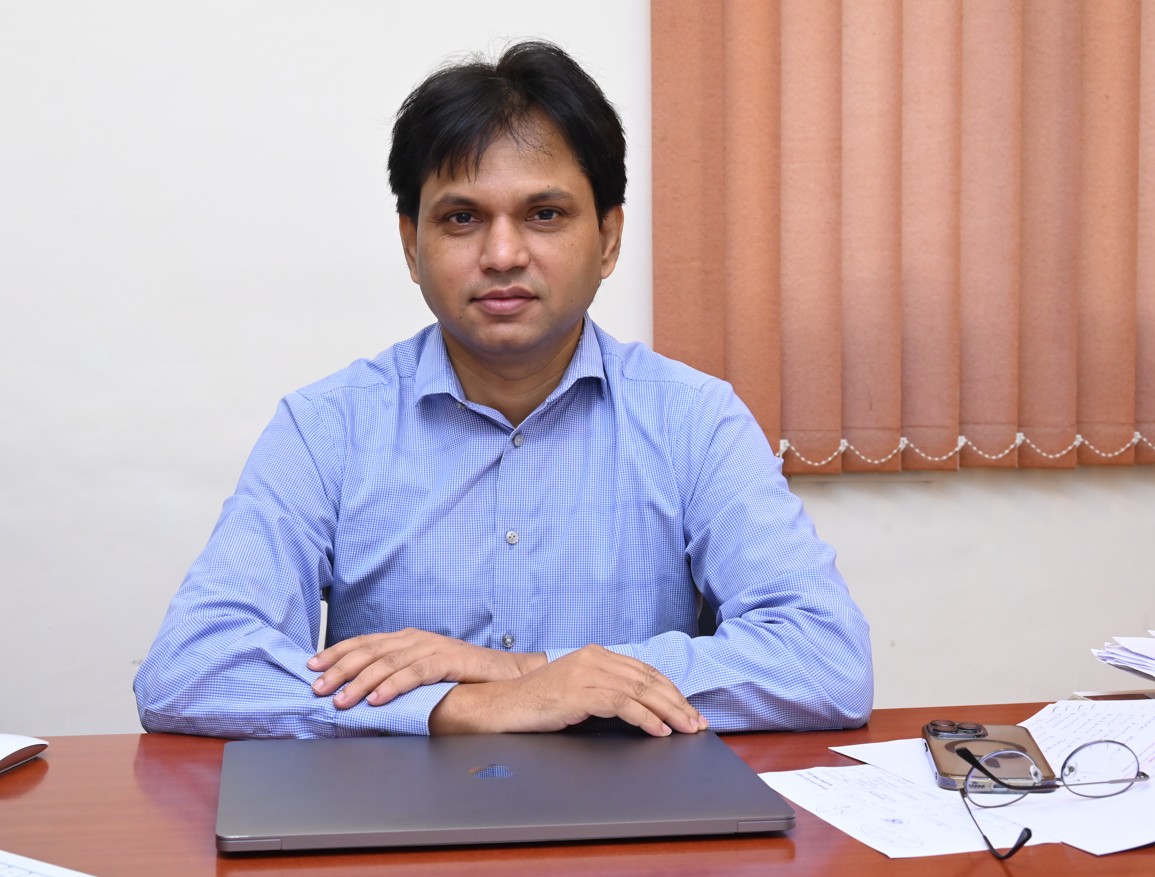 04 Oct 2025
04 Oct 2025
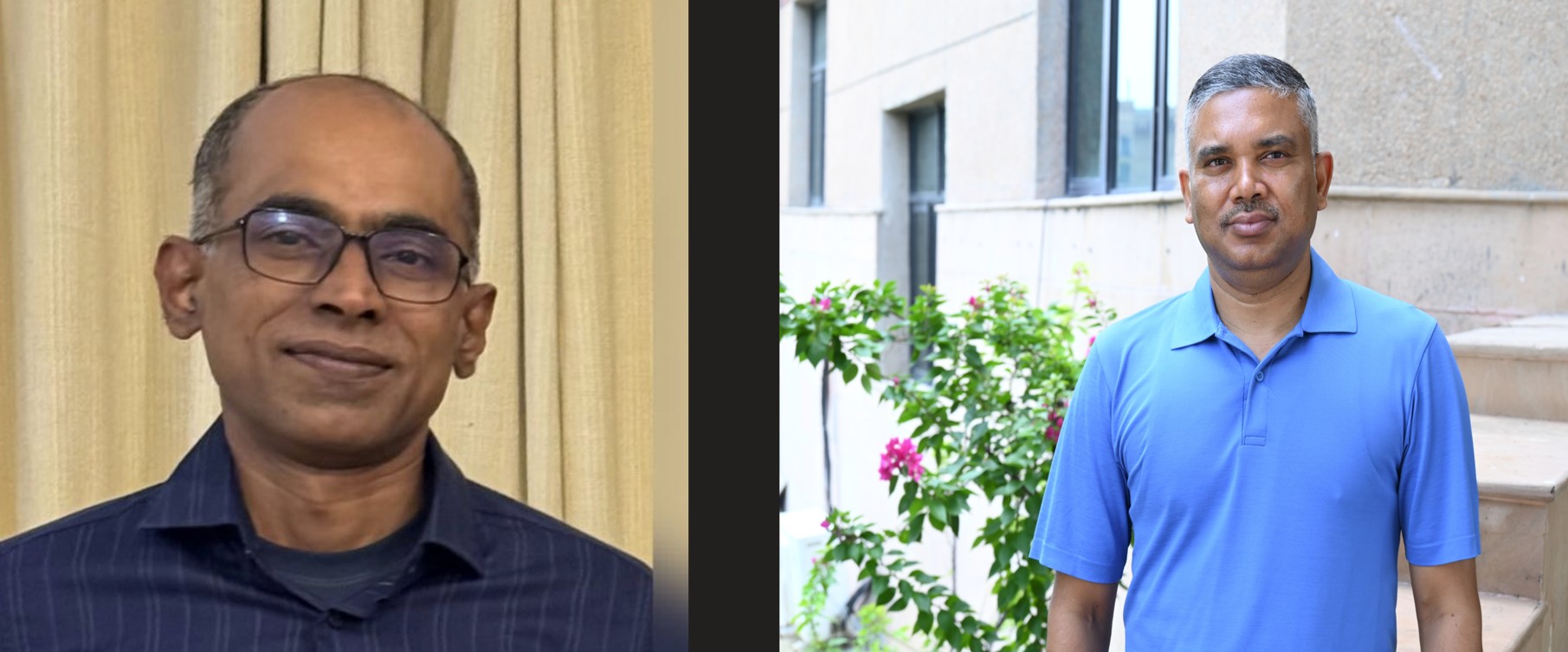 30 Sep 2025
30 Sep 2025
 20 Sep 2025
20 Sep 2025
 11 Sep 2025
11 Sep 2025